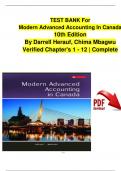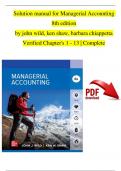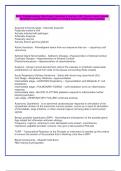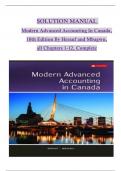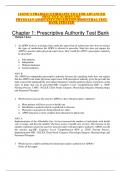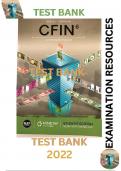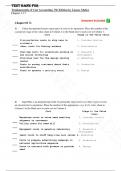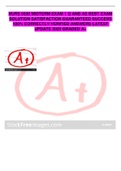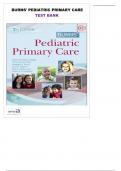Exam (elaborations)
TEST BANK For Modern Advanced Accounting In Canada, 10th Edition By Darrell Herauf, Chima Mbagwu, Verified Chapters 1 - 12, Complete Newest Version
- Course
- Institution
TEST BANK For Modern Advanced Accounting In Canada, 10th Edition By Darrell Herauf, Chima Mbagwu, Verified Chapters 1 - 12, Complete Newest Version Modern Advanced Accounting In Canada, 10th Edition Solution Manual By Darrell Herauf, Chima Mbagwu, Verified Chapters 1 - 12, Complete Newest Version ...
[Show more]
